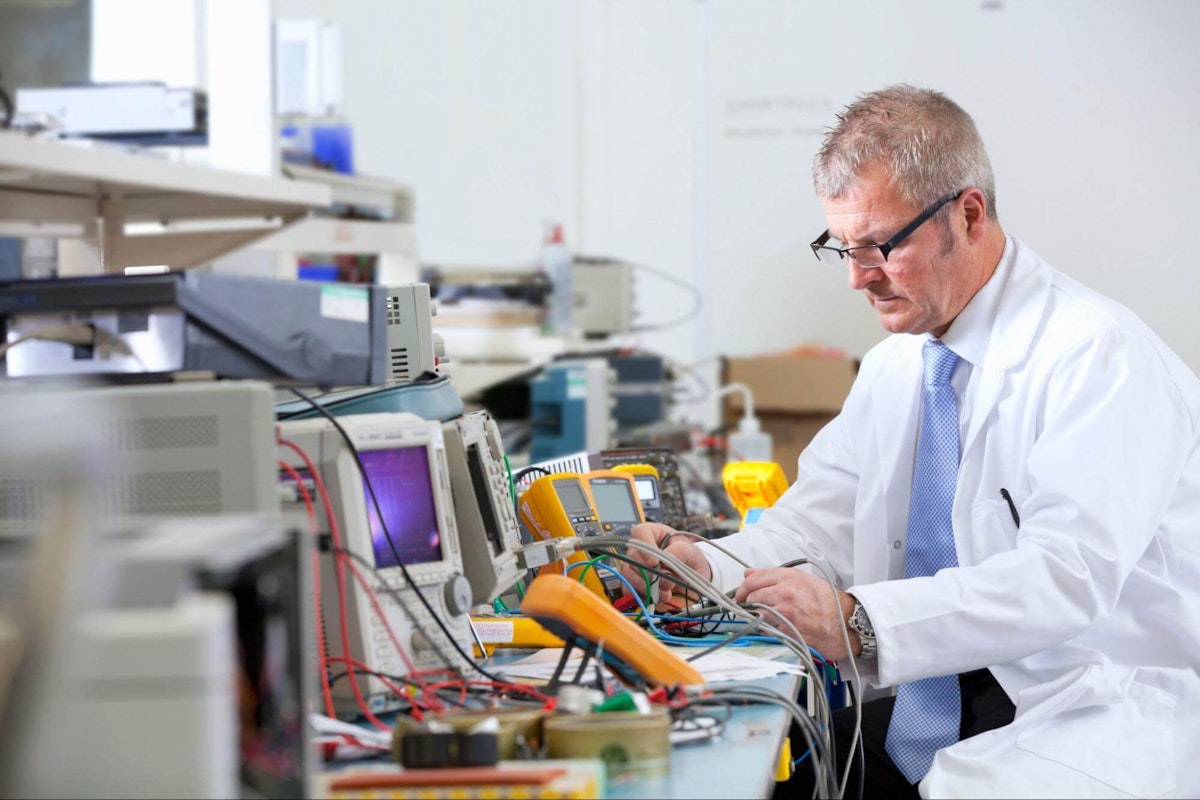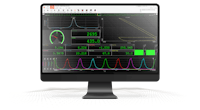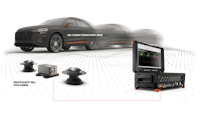Table of contents
Browse categories
Browse authors
 AB
ABAlberto Boffi
 AL
ALAlessia Longo
 AH
AHAl Hoge
 AB
ABAljaž Blažun
 BJ
BJBernard Jerman
 BČ
BČBojan Čontala
 CF
CFCarsten Frederiksen
 CS
CSCarsten Stjernfelt
 DC
DCDaniel Colmenares
 DF
DFDino Florjančič
 EB
EBEmanuele Burgognoni
 EK
EKEva Kalšek
 FB
FBFranck Beranger
 GR
GRGabriele Ribichini
Glacier Chen
 GS
GSGrant Maloy Smith
 HB
HBHelmut Behmüller
 IB
IBIza Burnik
 JO
JOJaka Ogorevc
 JR
JRJake Rosenthal
 JS
JSJernej Sirk
 JM
JMJohn Miller
 KM
KMKarla Yera Morales
 KD
KDKayla Day
 KS
KSKonrad Schweiger
Leslie Wang
 LS
LSLoïc Siret
 LJ
LJLuka Jerman
 MB
MBMarco Behmer
 MR
MRMarco Ribichini
 ML
MLMatic Lebar
 MS
MSMatjaž Strniša
 ME
MEMatthew Engquist
 ME
MEMichael Elmerick
 NP
NPNicolas Phan
 OM
OMOwen Maginity
 PF
PFPatrick Fu
 PR
PRPrimož Rome
 RM
RMRok Mesar
 RS
RSRupert Schwarz
 SA
SASamuele Ardizio
 SK
SKSimon Kodrič
 SG
SGSøren Linnet Gjelstrup
 TH
THThorsten Hartleb
 TV
TVTirin Varghese
 UK
UKUrban Kuhar
Valentino Pagliara
 VS
VSVid Selič
 WK
WKWill Kooiker
What is a Test Bench?

May 7, 2024
Test benches (testbeds) are essential components of most product testing regimens. This short article describes what test benches are and their crucial role across diverse industries so you will be able to:
Understand what a test bench is.
Learn how test benches are used.
See the future of test benches.

A test bench is a controlled environment designed to test electronic or software systems. It simulates real-world scenarios, allowing developers and engineers to evaluate a system's performance, functionality, and reliability before deployment. This controlled environment is crucial for identifying and rectifying defects and ensuring the final product meets the required specifications and quality standards.
Test bench benefits
A test bench's primary benefit is ensuring that products function as intended. Identifying and addressing potential problems before products are brought to market can also help manufacturers refrain from producing large quantities of products that must be scrapped or reworked.
Ensuring that products meet applicable industry and government regulations is also important. These may include electrical isolation, CE, UL ratings, etc.
Early detection and correction of defects reduce the likelihood of issues arising in the field, minimizing costly recalls or reworks after a product has been released.
Which industries use test benches?
Test benches are used across many industries, including electronics, aerospace, automotive, energy, industrial machinery, medical devices, software development, telecom, and networking.
Test bench components
Test benches comprise hardware and software components that work together to perform the tests. Hardware components often include test instruments such as oscilloscopes, signal generators, sensors, data acquisition (DAQ) instruments, and logic analyzers. Additional hardware, including sensors, actuators, and simulation devices, is often required to perform mechanical tests.
Many of the hardware components have firmware or software that runs within them. For example, DAQ instruments from Dewesoft utilize Windows-based applications that engineers and technicians use to set up the system and monitor and record vital test data. DAQ software packages like DewesoftX and LabVIEW® are often used to control test bench devices and record the results for analysis.
Simulation software is crucial for creating virtual environments that mimic real-world scenarios. Emulation software allows developers to test software on different platforms and architectures.
Test bench types
A wide variety of test benches cater to different testing needs and scenarios.
Simulation Test Benches are used to mimic real-world scenarios through software simulation. These are ideal for testing electronic systems and software applications.
Emulation Test Benches use hardware emulation to replicate various hardware architectures. They are primarily used for software development across diverse platforms.
Accelerated Test Benches speed up the testing process and simulate long-term usage in a shorter timeframe. They are especially useful for assessing product durability and reliability.
Test bench design
Designing an effective test bench starts with carefully considering system requirements and selecting appropriate tools and equipment. System requirements are defined by conducting a thorough analysis of the system under test and identifying the critical parameters and conditions that need to be simulated. This is followed by selecting the appropriate tools and equipment, including the hardware and components needed to meet the testing objectives.
Test bench applications by industry
Test benches are found in numerous industries. Here are a few examples of test bench types and applications organized by sector.
Automotive test benches
Engine Test Benches evaluate internal combustion engine performance, emissions, and durability. Their main components include dynamometers, exhaust gas analyzers, sensors, and DAQ instruments that measure power, torque, and emissions.

Chassis Dynamometer Test Benches evaluate a vehicle's performance and emissions by simulating real-world driving conditions. Their main components include rolling road dynamometers, load control systems, and measurement devices.
Transmission Test Benches assess automotive transmissions' efficiency, durability, and gear-shifting performance. Their main components include hydraulic actuators, load systems, and sensors to monitor transmission parameters.
Vehicle Dynamics Test Benches evaluate vehicles' handling, stability, and performance under various driving conditions. Their main components include four-poster simulators, road load collection, playback systems, and other devices that simulate real-world driving scenarios.

Aerospace test benches:
Jet Engine Test Benches assess aircraft jet engines' performance, thrust, and efficiency. Their main components include dynamometers, fuel systems, and instrumentation to measure key engine parameters.
Structural Test Benches evaluate aircraft components' structural integrity and durability, such as wings or fuselage sections. Their main components include hydraulic actuators, load frames, and strain gauges to simulate and measure stress and strain.
Avionics Test Benches validate avionic systems, including communication, navigation, and control systems. Their main components include simulators, signal generators, and testing equipment specific to avionics.
Environmental Test Benches simulate extreme environmental conditions (temperature, humidity, vibration) to test the resilience of aerospace components. Their main components include environmental chambers, vibration tables, and thermal control systems.
Flight Simulation Test Benches simulate flight conditions for testing flight control systems and avionics. Their main components include motion platforms, visual displays, and control interfaces.
Electronics and hardware development test benches
Digital Logic Test Benches verify the functionality of digital circuits and systems. Their main components include test vectors, simulation tools, and waveform viewers.
Analog/Mixed-Signal Test Benches validate the performance of analog and mixed-signal circuits. Their main components include analog and mixed-signal simulators and waveform analysis tools.
Power Supply Test Benches assess power supply units' efficiency, stability, and regulation. Their main components include load banks, oscilloscopes, and power analyzers.
RF (Radio Frequency) Test Benches verify the performance of RF circuits and communication systems. Their main components include network analyzers, spectrum analyzers, and RF signal generators.
Memory Test Benches evaluate the functionality and reliability of memory devices. Their main components include memory testers and protocol analyzers.
FPGA (Field-Programmable Gate Array) Test Benches validate the functionality and performance of FPGA designs. Their main components include FPGA simulators and other verification tools.
Test bench challenges
Despite their numerous advantages, test benches face challenges that must be addressed for optimal performance. For example, hardware and software components must be seamlessly integrated to ensure proper operation and performance.
Compatibility issues between different testing tools must be addressed and mitigated. In addition, a well-designed test bench should be adaptable to handle larger and more complex systems. Scalability allows accommodating evolving testing requirements.
Test bench best practices
Automating repetitive testing processes improves efficiency and ensures test results can be easily compared. Automation tools are especially useful for regression testing, which ensures that recent code changes haven't adversely impacted existing software functionality. Regression testing re-runs previously executed test cases to identify unintended side effects or bugs introduced by modifications. It helps maintain product quality, stability, and reliability throughout the software development lifecycle.
In addition, incorporating feedback from testing cycles enhances test bench performance over time. Software and hardware components should be updated regularly to ensure compatibility with industry standards.
Test bench testing vs. real-world testing
In the 1960s, the ride of a car was subjectively tested. Professional drivers took new cars on test tracks and reported their opinions about their “feel” and performance. Real-world testing like this accounts for unpredictable variables but is impossible to replicate consistently due to its subjective nature.
Today, test benches perform objective testing in a controlled environment. Tests can be repeated hundreds or thousands of times, and the results can be compared objectively across numerous testing cycles.
When products are intended for human use, a good approach is to use objective, repetitive testing methodologies like test benches for early-stage testing and validation and then incorporate real-world, subjective testing for final product verification.
What’s next with test benches?
The rapidly evolving application of artificial intelligence (AI) will dramatically impact product design and testing. Enhanced virtualization and simulation capabilities, especially when combined with AI, will also have positive effects, making test bench operations more robust and comprehensive.